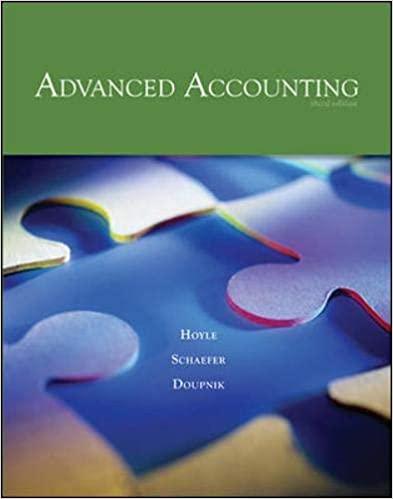1. Yadier NV's comparative statements of financial position are presented below. 2018 2019 2020 Land 2200026,000 20,000 Buildings 70000 70,000 70,000 Accumulated Depreciation (3.000) (10,000) (15.000) Inventory 12000 7.000 10,000 Accounts Receivable 20000 24,000 22.000 Cash 1000 3,700 4,300 Total 120000 120700 111300 Share Capital-Ordinary Retained Famnings Accounts Payable Total 62000 69,000 72.000 19000 20,600 24,300 39000 31,100 15.000 120000 120,700 111.300 Income statement 2018 2019 2020 Net sales 88000 95000 100000 COGS 49000 59000 60350 Net Income 2000 10000 14000 Instructions: A. Calculate the ratios for 2020. 2019 2020 a. Current Ratio 1.12 b. Acid-test Ratio 0.89 c. Accounts Receivable Ratio 4.327 d. Inventory Turnover 6.217 c. Profit Margin 11% 7 f. Asset Turnover 0.789 ? g. Return on Assets 8% 2 h. Debt to asset ratio (Financial leverage) 20%? B. Based on the ratios of 2019 & 2020, comment on Liquidity, Profitability and the solvency (financial risk). (6 Marks) 2. Rowlands Corporation has 100,000 shares of $40 par value preferred stock authorized. During the year, it had the following transactions related to its preferred stock. (a) Issued 20,000 shares at $55 per share. (b) Issued 10,000 shares for equipment having a $700,000 asking price. The stock had a market value of $75 per share Instructions Journalize the transactions. (4 Marks) Financial Ratios Ratio Formula Liquidity Ratios 1. Current ratio 2. Acid-test (quick) ratio Current assets Current liabilities Cash + Short-term investments + Accounts receivable (net) Current liabilities Net credit sales Average net accounts receivable Cost of goods sold Average inventory 3. Accounts receivable turnover 4. Inventory turnover Profitability Ratios 5. Profit margin Net income Net sales 6. Asset turnover Net sales Average total assets 7. Return on assets Net income Average total assets 8. Return on common stockholders equity Net income - Preferred dividends Average common stockholders' equity 9. Earnings per share (EPS) Net income - Preferred dividends Weighted average common shares outstanding Solvency Ratios 10. Debt to assets ratio Total Liabilities Total Assets Income before income taxes and interest expense Interest expense 11. Times interest earned








